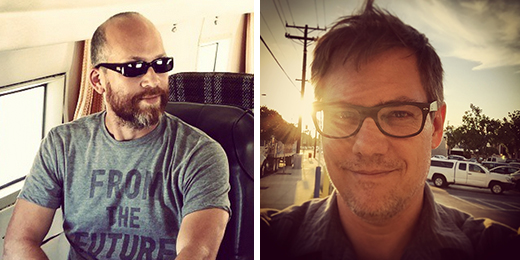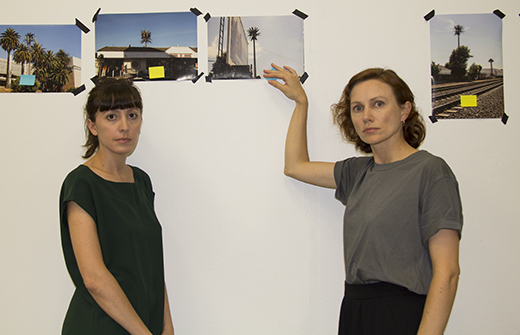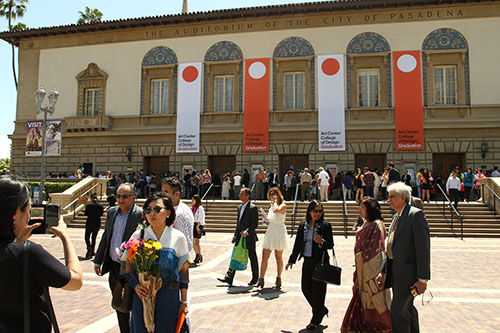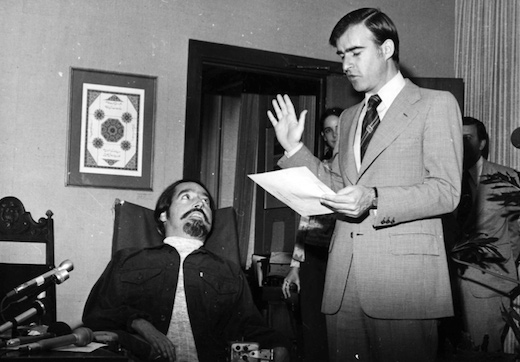
JR Curley (left) and Jonas Kulikauskas co-teach Creative Intelligence at ArtCenter at Night.
“Let’s say you’re a designer and you want to make the new logo for a company a blue flower,” says artist, designer and ArtCenter at Night instructor Jonas Kulikauskas, throwing out a hypothetical scenario to explain what students enrolled in this Fall term’s upcoming Creative Intelligence course will be learning. “Okay, but why blue? And why a flower? Those decisions need to have a business rationale.”
Kulikauskas co-teaches Creative Intelligence with JR Curley, the creative director and founder of brand and strategy firm Panagram. The two worked together at multinational professional services firm PricewaterhouseCoopers, where Curley was the overall leader of a national creative team of more than 100 employees and Kulikauskas was a leader on said team.
Together, the two have a bevy of experience explaining the business rationale behind their decisions. “We worked in a company with 40,000 corporate types,” says Kulikauskas about their internal clients. “They didn’t know how to speak our language. We had to speak their language.”















